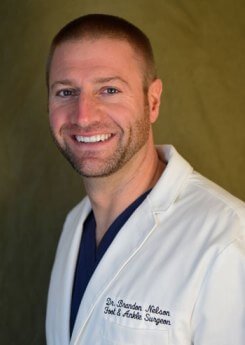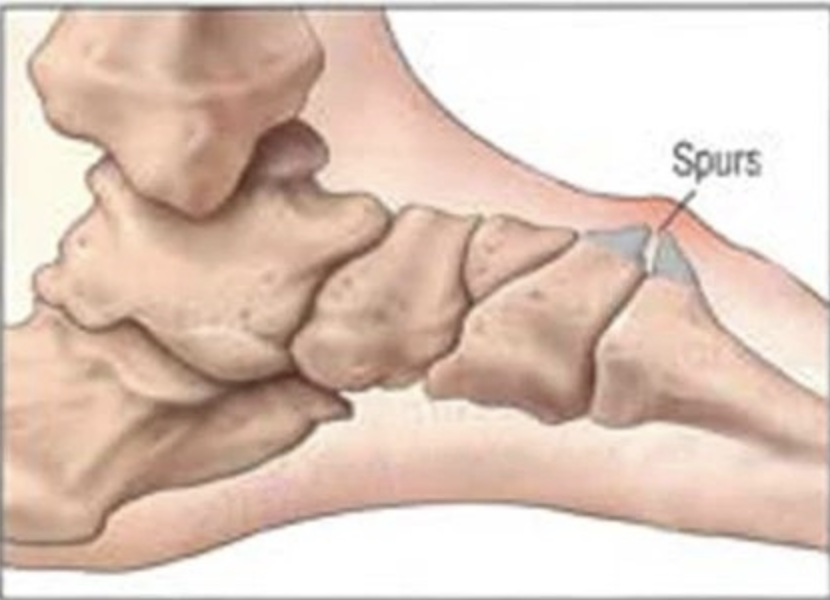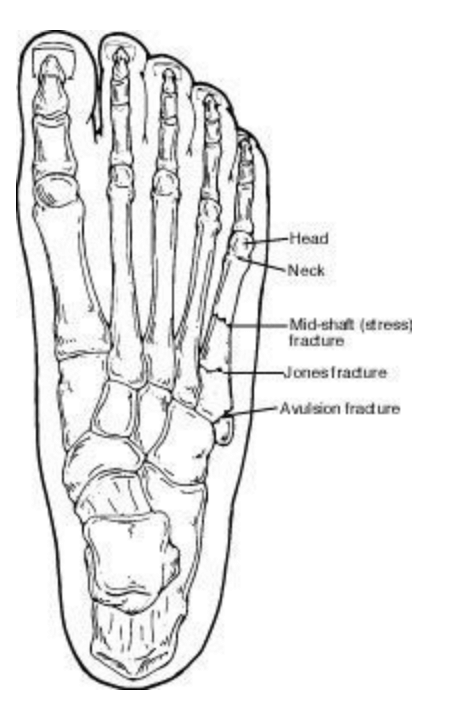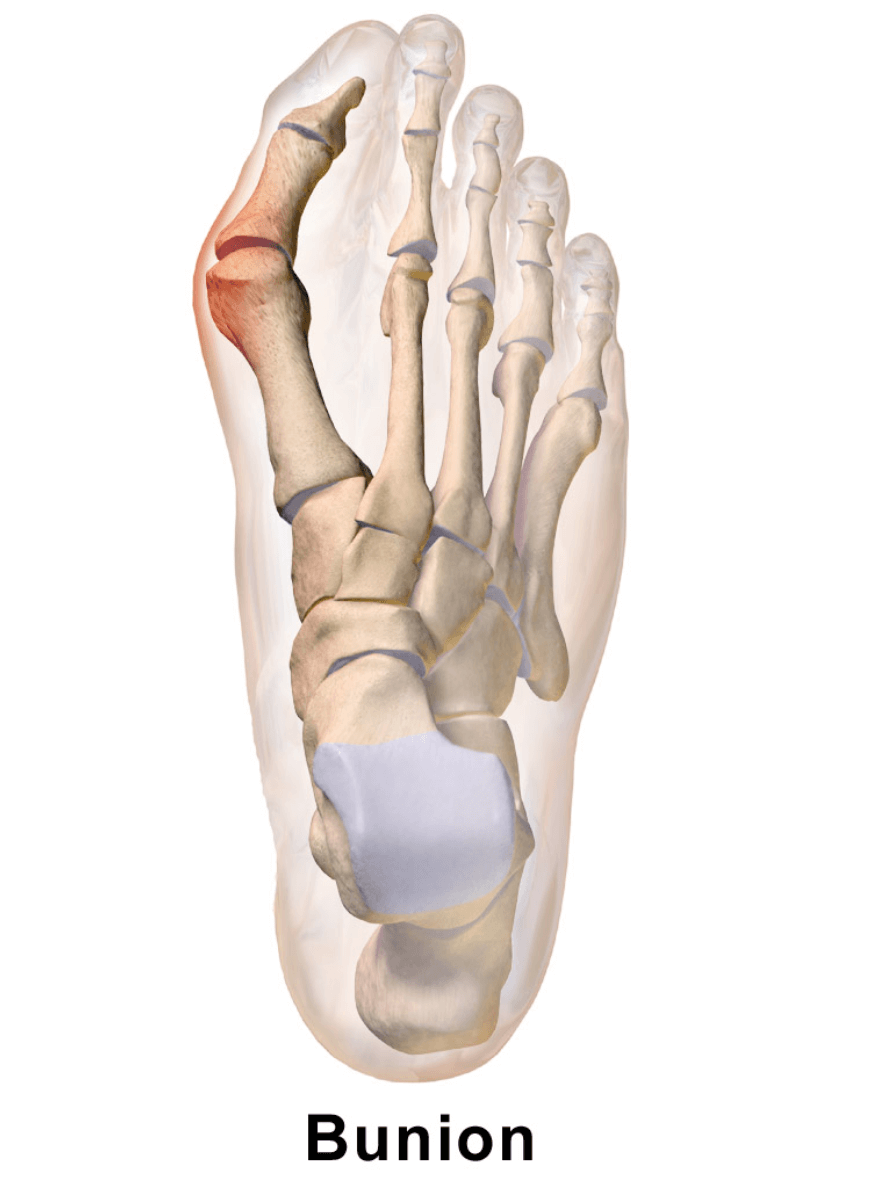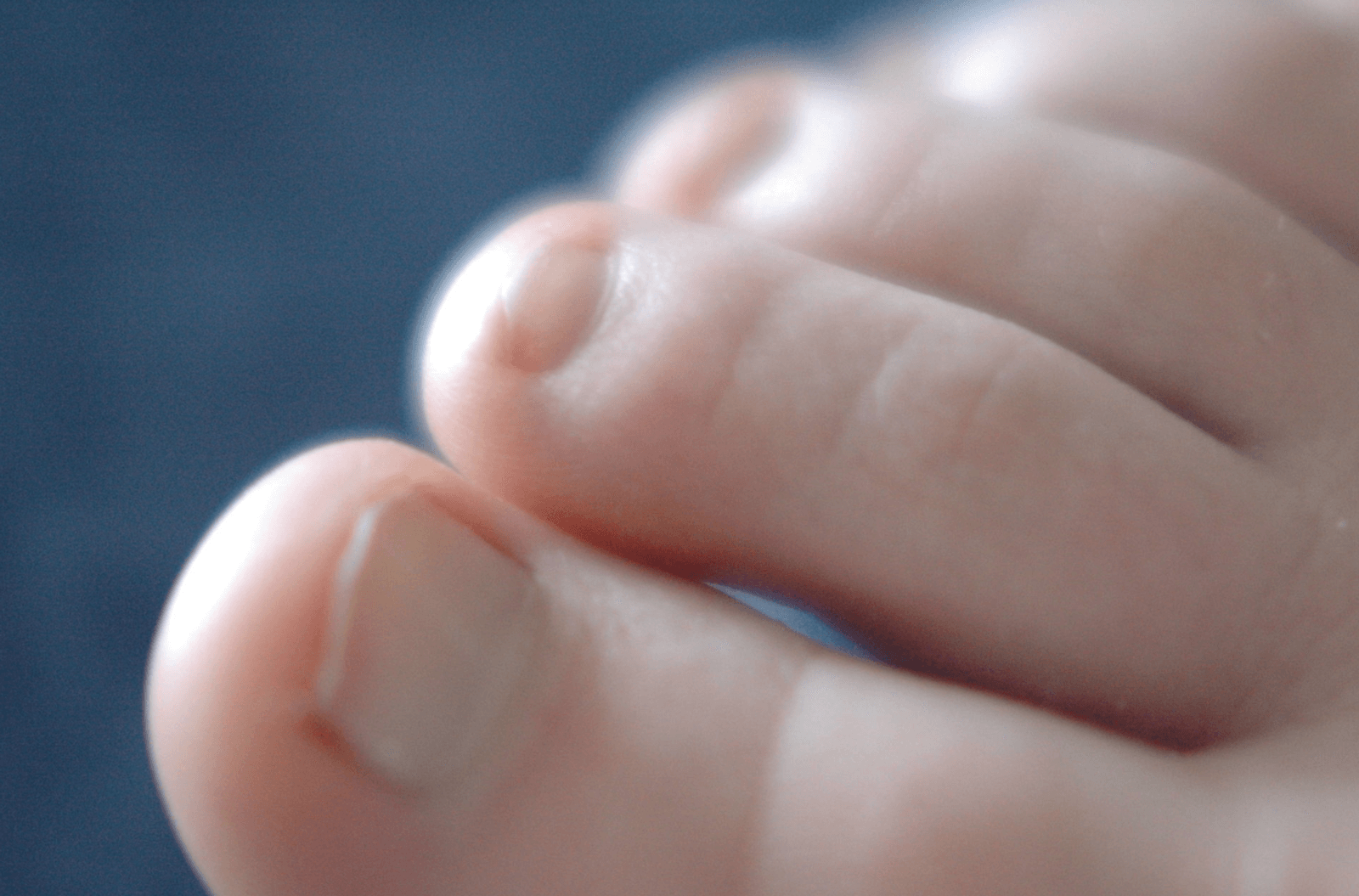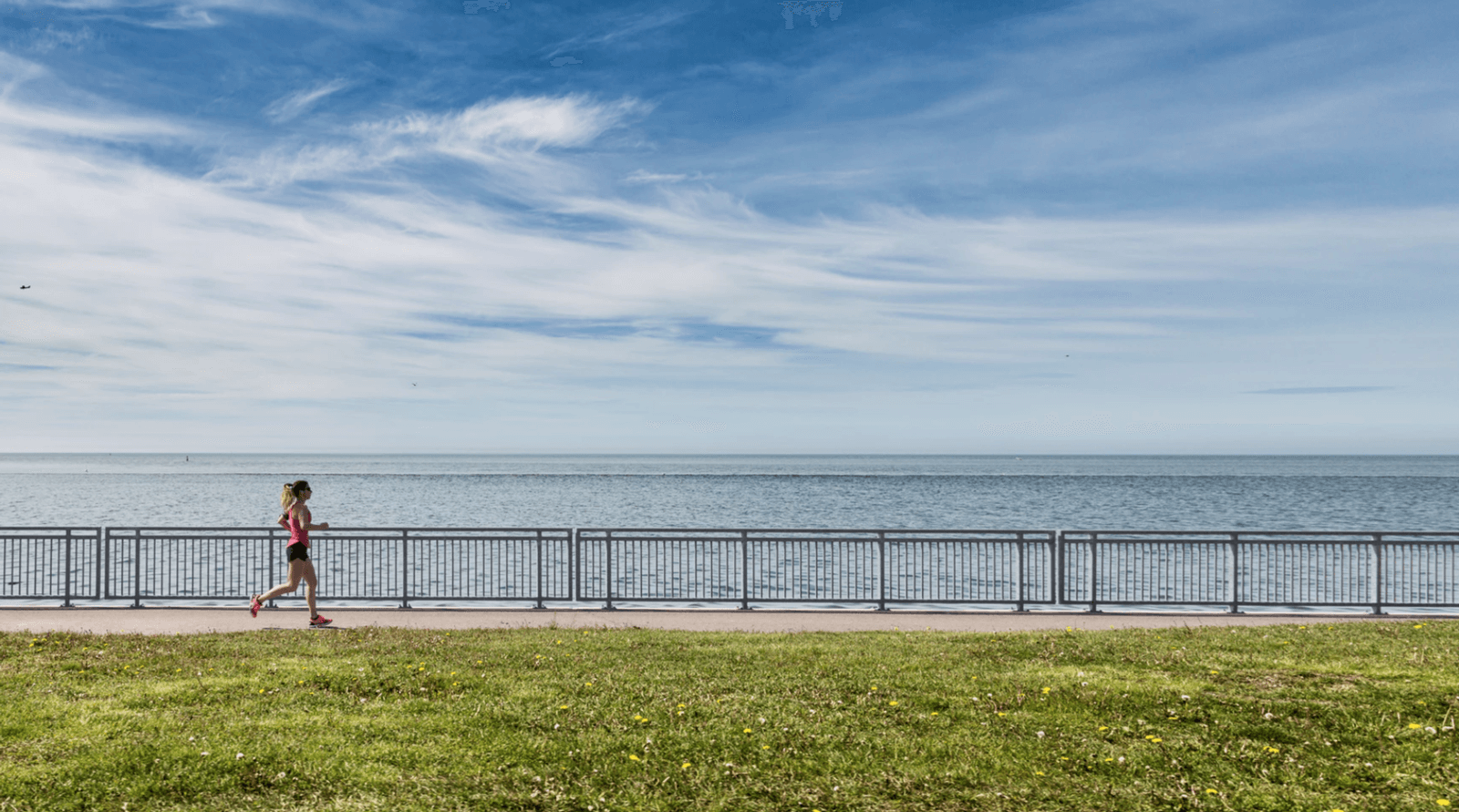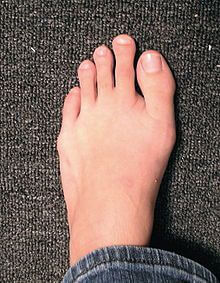
Our clinic sees a lot of patients with pain in the balls of their feet. This type of pain can often be attributed to neuromas. Most people with neuromas will experience electrical type pain or burning pain. This type of pain usually occurs between the 3rd and 4th toes, but can also be seen between the 2nd and 3rd as well. Neuromas are more common in females than males and seen to usually occur between the 4th and 6th decade of life.
Some patients may experience more pain with shoes on than without shoes and hard surfaces such as wood floors or tiles can exacerbate symptoms. Currently there are many treatment options available for neuromas including steroid injections, shockwave, padding, and surgery and sclerosing therapy. Sclerosing therapy or alcohol injections are highly successful in the treatment of neuromas and have close to a 90% resolution of symptoms rate.
The process involves injecting dehydrated alcohol near the painful neuroma. The alcohol works to dehydrate the nerve and stopping the pain signal conduction. The typical neuroma takes approximately 4 to 6 injection spaced about 2 weeks apart each. We perform this treatment on patient that are contemplating surgery and see excellent results and often times do not need to progress with surgical removal of the neuroma. If you are thinking about having your neuroma removed or have daily pain from a neuroma a consultation could be extremely beneficial.
Kangen Water is delicious water created from Enagic's innovative water technology. Not only do these devices filter your tap water, but they also produce ionized alkaline and acidic waters through electrolysis. These waters can be used for various purposes, including drinking, cooking, beauty, and cleaning.
If you are experiencing any foot or ankle pain, do not hesitate to call us at 425-391-8666 or contact us online.






